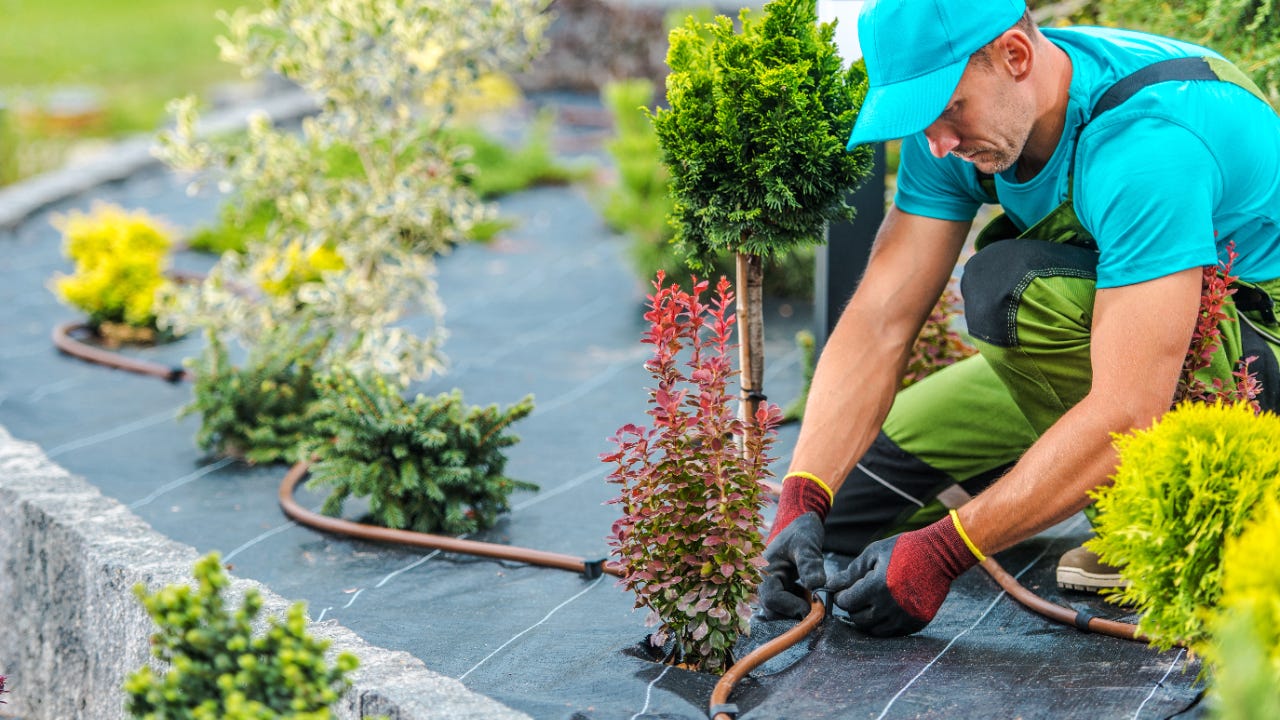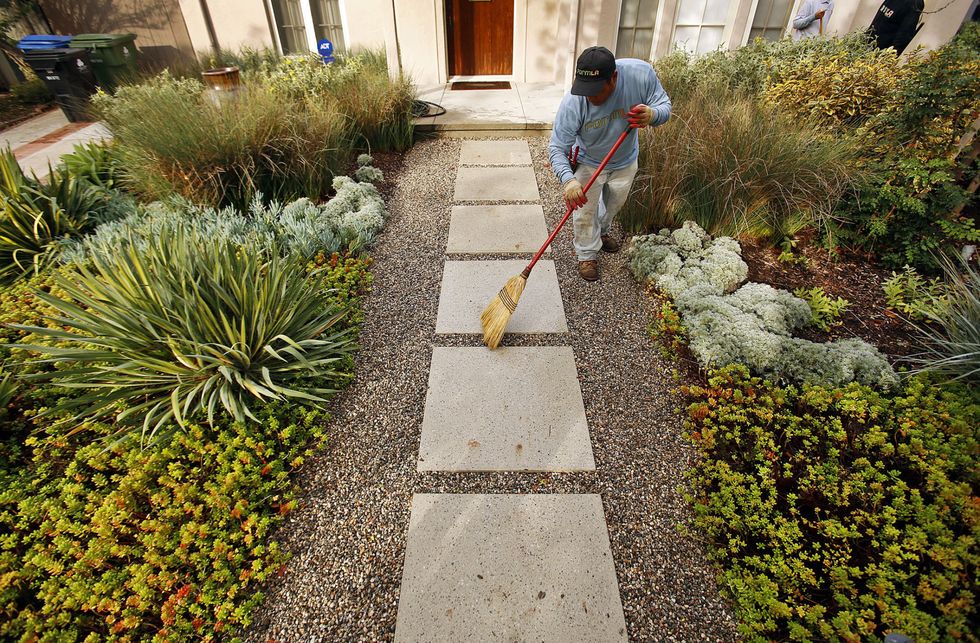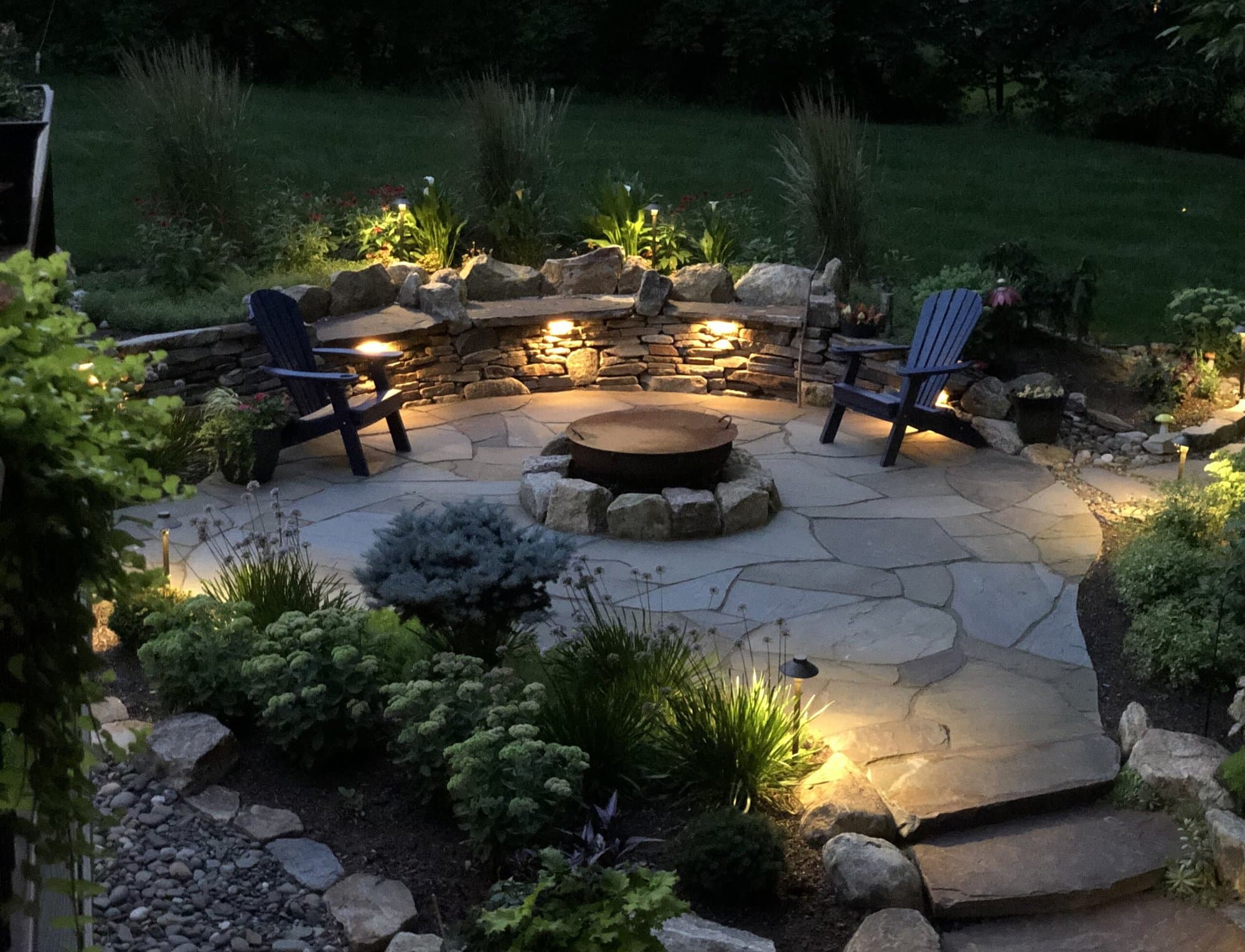Why Selecting the Right Palm Desert Landscaping Solution Issues
Why Selecting the Right Palm Desert Landscaping Solution Issues
Blog Article
A Comprehensive Overview to Designing and Implementing Effective Landscaping Solutions
The art and science of landscaping expand beyond plain aesthetic appeals; they involve a thoughtful combination of layout concepts, environmental stewardship, and sensible implementation. What approaches can one employ to make sure these landscapes not just thrive however also flourish in consistency with their surroundings?

Understanding Landscape Layout Concepts
One might question what foundational elements add to efficient landscape design. At its core, successful landscape layout rests on several crucial principles that lead the plan and selection of aspects within a space. These concepts include unity, proportion, rhythm, and equilibrium, each offering to develop a harmonious exterior environment.
Unity describes the cohesive connection amongst different parts, guaranteeing that they interact cosmetically and functionally. Balance can be attained through asymmetrical or in proportion setups, enabling the landscape to really feel secure and inviting. Percentage involves recognizing the scale of aspects in regard to each other and the surrounding atmosphere, advertising aesthetic harmony and comfort.

Evaluating Your Outdoor Room
Prior to executing the concepts of landscape layout, a comprehensive evaluation of your exterior space is important. This preliminary analysis helps define the extent of your landscape design project and guarantees that your style lines up with the one-of-a-kind characteristics of your residential property. Begin by assessing the measurements of your space, taking precise dimensions to understand the available area for various aspects such as gardens, outdoor patios, and pathways.
Next, observe the existing attributes of your landscape, consisting of topography, dirt quality, and drainage patterns. These aspects considerably affect plant option and positioning. Furthermore, evaluate the sunshine direct exposure throughout different locations throughout the day, as this will certainly affect the sorts of plants that flourish in your garden.
Think about the microclimates developed by structures, trees, and various other obstacles, as they can impact temperature and dampness degrees. Lastly, remember of any type of existing plants or hardscape elements that you desire to retain or remove. This detailed assessment prepares for a educated and reliable landscape design option, guaranteeing that your design is not just aesthetically pleasing yet likewise functional and lasting for several years ahead.
Sustainable Landscaping Strategies
Incorporating sustainable landscaping techniques is crucial for producing an ecologically accountable outdoor space. These techniques not only advertise ecological balance yet likewise boost the practical and aesthetic value of a landscape. One fundamental strategy is the usage of indigenous plants, which require less water and upkeep while supporting regional wild animals. Implementing effective watering systems, such as drip irrigation, lessens water waste and ensures that plants get ample moisture.

Another efficient strategy is the calculated placement of trees and shrubs to offer all-natural windbreaks and color, thus reducing power prices (Palm Desert Landscaping). Rain gardens can be incorporated right into the landscape design to handle stormwater drainage efficiently, filtering system contaminants prior to they enter waterways
Selecting the Right Plants
Selecting the right plants for your landscape is important to attaining both aesthetic allure and ecological consistency. The procedure starts with an understanding of your neighborhood environment, dirt conditions, and the particular microenvironments informative post within your landscape. Evaluating aspects such as sunshine direct exposure, dampness degrees, and existing vegetations will certainly assist you select plants that prosper in your one-of-a-kind setup.
Think about incorporating indigenous plants, as they are well-adapted to local problems, call for less maintenance, and support local wildlife. Furthermore, picking a diverse variety of varieties can boost biodiversity while lowering the threat of illness and bug break outs. It is vital to examine the development practices, flowering durations, and seasonal shades of possible plants to produce a vibrant and natural landscape.
Moreover, consider the intended usage of the room; as an example, if the location will certainly experience high foot website traffic, select durable ground covers. By thoughtfully picking plants that line up with both your ecological requirements and aesthetic objectives, you can produce a sustainable landscape that not just improves your building however also adds positively to the surrounding ecological community.

Execution and Upkeep Techniques
When the right plants have been selected for your landscape, the emphasis changes to effective application and recurring upkeep strategies. Successful setup starts with proper site preparation, which consists of dirt testing to establish nutrient degrees and pH, adhered to by changing the soil as needed. Thoroughly arrange plants according to their growth practices and light needs, guaranteeing adequate spacing to advertise healthy and balanced growth.
Irrigation is an essential element of implementation. Develop a watering schedule that takes into consideration the specific requirements of each plant varieties, adjusting for seasonal changes. Using drip irrigation systems can enhance water effectiveness and minimize drainage.
Maintenance techniques should be applied to ensure the long life and vigor of your that site landscape. Routine jobs include weeding, mulching, and pruning to regulate development and stop disease. Fertilization needs to be performed based upon dirt tests, supplying the essential nutrients without over-fertilizing.
Keeping track of for parasites and illness is important; early detection can avoid substantial damages. Seasonal adjustments to upkeep routines, such as winterizing perennials and preparing for spring development, will guarantee that your landscape stays healthy and visually enticing year-round.
Verdict
Finally, reliable landscaping options require a thorough understanding of style concepts, precise evaluation of exterior areas, and the application of sustainable techniques. The selection of appropriate plant types plays a vital role in boosting aesthetic allure and environmental strength - Palm Desert Landscaping. Successful application and recurring maintenance even more make certain the longevity and vitality of landscapes. By incorporating these components, landscapes can be transformed into attractive, functional atmospheres that advertise biodiversity and contribute favorably to area health.
One may question what fundamental components add to efficient landscape design. At its core, successful landscape design hinges on several essential principles that assist the plan and choice of aspects within an area.Choosing the right plants for your landscape is critical to attaining both aesthetic allure and eco-friendly consistency. It is crucial to review the development behaviors, growing durations, and seasonal shades of prospective plants to produce a dynamic and natural landscape.
As soon as the ideal plants have been picked for your landscape, the focus shifts to efficient implementation and continuous upkeep methods.
Report this page